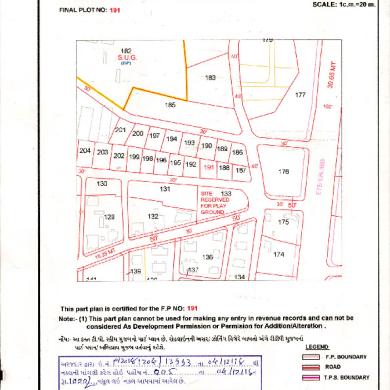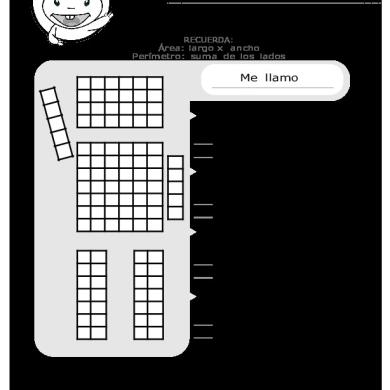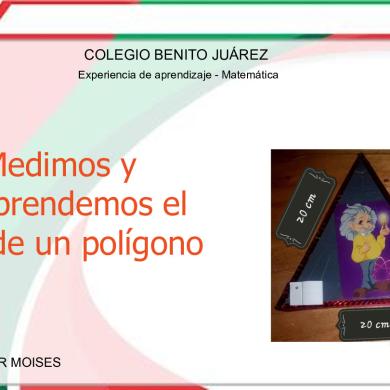* The preview only shows a few pages of manuals at random. You can get the complete content by filling out the form below.
Description
VI. GEOGRAPHY Cavite is part of the Philippines’ largest island, the Luzon Peninsula. Found in the southern portion, Cavite belongs to Region IV-A or the CALABARZON Region. It is bounded by the provinces of Batangas in the south, Laguna in the east, Rizal in the northwest, Metro Manila and Manila Bay in the north, and West Philippine Sea in the west. Its proximity to Metro Manila gives the province significant edge in terms of economic development. a) CLIMATE Cavite belongs to Type 1 climate based on the Climate Map of the Philippines by the Philippine Atmospheric, Geophysical and Astronomical Services Administration (PAGASA). Being a Type 1, Cavite has two pronounced seasons – the dry season, which usually begins in November and ends in April, and the rainy season, which starts in May and ends in October. The Köppen Climate Classification sub-type for this climate is "Am" (Tropical Monsoon Climate). b) BIODIVERSITY Cavite is divided into four physiographical areas, namely: the lowest lowland area, lowland area, the central hilly area and the upland mountainous area. i.
MOUNTAINOUS UPLAND MOUNTAINOUS AREA, found in the City of Tagaytay and the municipalities of Alfonso, Mendez, southern parts of Amadeo, Indang, Silang, Magallanes and Maragondon. They are situated at a very high elevation above 400 meters (1,300 ft) with slope more than 2%. The Tagaytay ridge has an average elevation of 610 meters (2,000 ft) with Mount Sungay at 14°8′31.71″N 121°1′19.02″E, the highest elevation in the province at 716 meters (2,349 ft). The mountain was much higher before with an elevation of 752 meters (2,467 ft), topped by rock formations that resembled horns (Sungay in Tagalog) hence the name. The prominence of the mountain was leveled in half during the construction of People’s Park in the Sky during the Marcos administration.
There are eight (8) named mountains in the province, Pico De Loro in Maragondon; Mt. Palay-Palay in TernateMaragondon; Mt. Buntis, Mt. Mataas na Gulod, Mt. Nagpatong and Mt. Hulog in Maragondon; Mt. Marami in Magallanes; and Mt. Sungay in Tagaytay City, with the highest elevation at 2,352 feet.
PICO DE LORO, is a dormant volcano in Cavite province on the island of Luzon, Philippines. The mountain rises to an elevation of 688 m (2,257 ft) above mean sea level and is the highest peak of the Mounts Palay-Palay–Mataasna-Gulod Protected Landscape. The mountain is one of the ancient volcanic features of Bataan Arc.
MT. PALAY-PALAY protected landscape area is situated in the mountain range that forms the border between the densely populated provinces of Cavite and Batangas in the CALABARZON region.
MT. BUNTIS, located 54 kilometers south-west of MetroManila is the historical town of Maragondon, Cavite. Well, known as the execution site of Andres Bonifacio, the supremo of the Katipunan.
MT. MATAAS NA GULOD, is part of the Mounts Palay-Palay-Mataasna-Gulod Protected Landscape is situated in the mountain range also known as Dos Picos that forms the border between the densely populated provinces of Cavite and Batangas.
MT. NAGPATONG, is located in MT. HULOG, is located in barrio Maragondon, Cavite. It is a home Hulog within the vicinity of Mt. to Andres Bonifacio National Nagpatong. Shrine that has just been recently established. The name of the mountain was taken after a rock that is on top of the mountain, locals say.
MT. MARAMI, or Mataas na Gulod Boulders, is a dormant volcano in Cavite province on the island of Luzon, Philippines. The mountain rises to an elevation of 405 m (1,329 ft) above mean sea level and is one of the ancient volcanic features of Bataan Arc.
MT. SUNGAY, also known as Mount Gonzales, is a mountain in the province of Cavite in the Philippines. Located in eastern Tagaytay, the inactive stratovolcano is the highest point of the province of Cavite at 709 metres (2,326 ft).
ii.
LOWEST LOWLAND AREA is the coastal plain in particular. These areas have extremely low ground level of 0 to 2 meters (0.0 to 6.6 ft) elevation compared to the high tide level of about 0.8 meters (2 ft 7 in) from the mean sea level (msl). These are the cities of Cavite, Bacoor and the municipalities of Kawit, Noveleta, Rosario, northern part of Carmona and eastern part of Ternate.
iii.
LOWLAND AREA consists of the coastal and alluvial plains. These areas have flat ground slope of less than 0.5% and low ground elevation of 2 to 30 metres (6 ft 7 in to 98 ft 5 in). The alluvial plain can be found in the city of Imus and southern part of General Trias. Into these
municipalities forms the transition area between the coastal plain and the central hilly area. It also covers some are as of Bacoor, Carmona, Kawit, Noveleta, Rosario and Tanza. iv.
CENTRAL HILLY AREA generally found on the mountain foot slope. It forms the rolling tuffaceous plateau. This topography includes steep hills, ridges and elevated inland valley. The plateau is characterized with ground elevation ranging from 30 meters (98 ft) to nearly 400 meters (1,300 ft). Its ground slope ranges from 0.5 to 2%. The cities of Trece Martires and Dasmariñas and the municipalities of General Emilio Aguinaldo, General Mariano Alvarez, western part of Ternate, northern parts of Amadeo, Indang, Silang, Magallanes and Maragondon have this kind of topography.
v.
COASTAL Cavite shoreline stretches about 123 kilometers (76 mi). The communities located along the coast are Cavite City, Bacoor, Kawit, Noveleta, Rosario, Tanza, Naic, Maragondon, and Ternate.
VII. CULTURE Aside from the celebrations of town fiestas, the province of Cavite celebrates festivals as forms of thanksgiving for a bountiful harvest. Some of these festivals are also observed in honor of the historical legacies passed from one generation to another generation. In fact, the province fetes the renowned Kalayaan Festival which is given a great social importance in commemoration of the heroism of its people. The annual Fiesta de la Reina del Provincia de Cavite is a grandiose fiesta celebration in honor of the patroness of the province, the Nuestra Señora de la Soledad de Porta Vaga. The image is enshrined at San Roque Church in Cavite City. Her feast day is celebrated every 2nd and 3rd Sunday of November. Traditions and fiesta celebrations include Mardicas, a war dance held in Ternate town. Karakol street dancing with a fluvial procession is usually held in coastal towns. There is also a precolonial ritual called the Sanghiyang as a form of thanksgiving and to heal the sick. Another cultural tradition is the Live via Crucis or Kalbaryo ni Hesus held during Holy Week. The Maytinis or word prayer that is annually held in Kawit every December 24 before the beginning of the midnight Mass.
a. MUSIC













